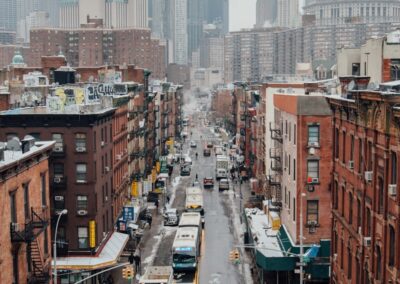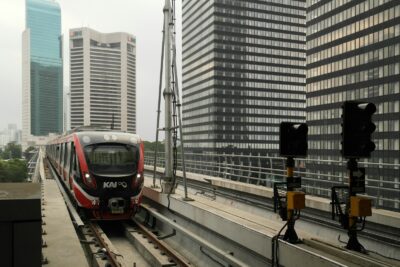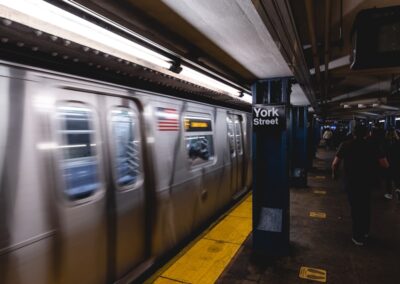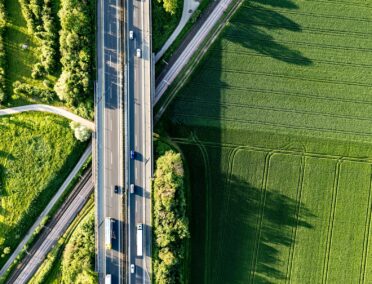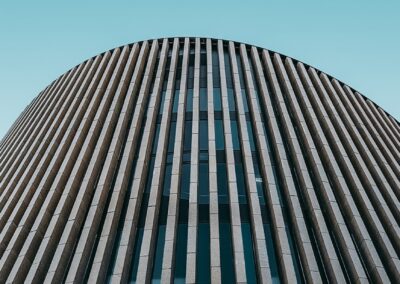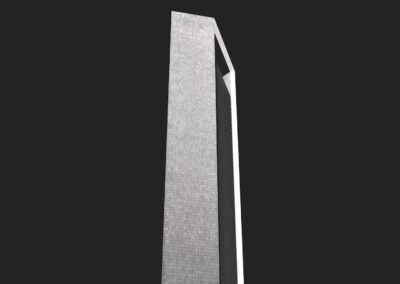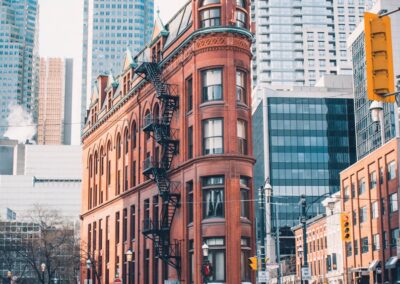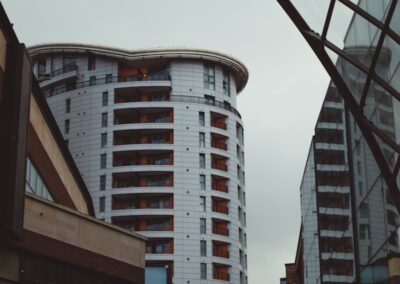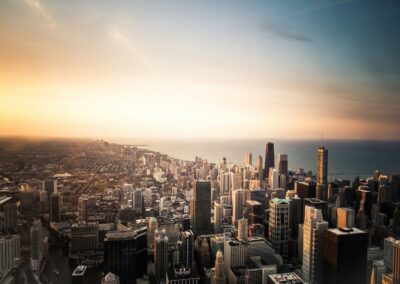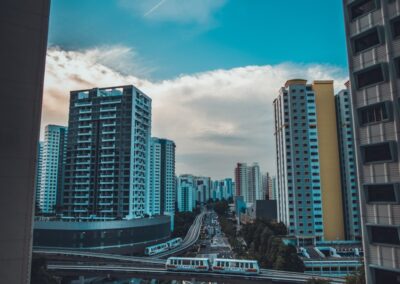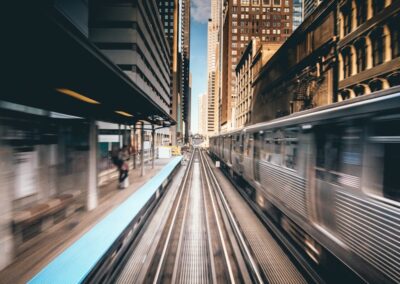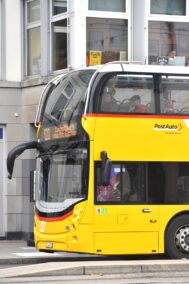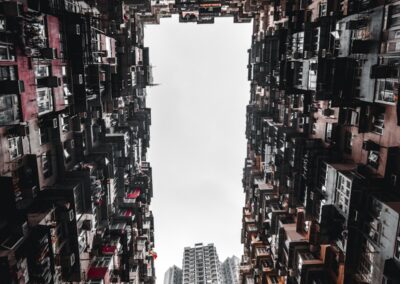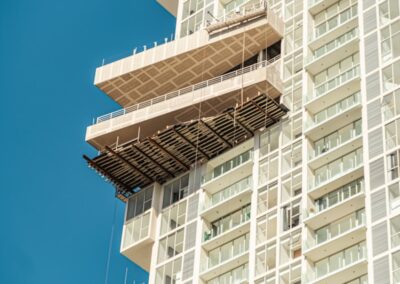Innovative Mobility Strategies in High-Density Urban Areas
Integrating Advanced Transportation Solutions in Vertical Urban Developments
The integration of transportation solutions in vertical urban developments is essential for ensuring efficient mobility and reducing traffic congestion in densely populated cities. In regions like Saudi Arabia and the UAE, cities such as Riyadh and Dubai are embracing innovative transportation strategies to address the unique challenges posed by high-rise, mixed-use developments. These strategies are designed to optimize mobility, enhance connectivity, and create sustainable urban environments.
Vertical urban developments often include residential, commercial, and recreational spaces within a single complex, necessitating efficient transportation systems to facilitate movement within and around these structures. In Riyadh, the government has implemented a comprehensive public transportation network, including buses and metro lines, to connect vertical developments with key areas of the city. This integration helps reduce the reliance on private vehicles and mitigates traffic congestion.
Dubai’s approach to transportation solutions in vertical urban developments leverages cutting-edge technologies such as autonomous vehicles and smart traffic management systems. The city’s Vision 2021 plan emphasizes the importance of innovative mobility solutions, including the deployment of driverless shuttles and the integration of AI-driven traffic monitoring systems. These technologies enhance the efficiency of transportation networks, making it easier for residents and workers to navigate the city’s vertical landscapes.
Reducing Traffic Congestion through Smart Urban Planning
Effective urban planning plays a crucial role in reducing traffic congestion in vertical urban developments. By designing mixed-use spaces that prioritize pedestrian and public transportation access, cities can create more sustainable and livable environments. In Riyadh, urban planners are focusing on developing transit-oriented developments (TODs) that encourage the use of public transportation and minimize the need for long commutes.
TODs are designed to be compact, walkable, and well-connected to public transit systems. These developments integrate residential, commercial, and recreational areas within a short distance of metro stations and bus stops. This design not only reduces traffic congestion but also promotes a healthier lifestyle by encouraging walking and cycling. Riyadh’s King Abdullah Financial District is a prime example of a TOD that enhances mobility and reduces traffic through smart urban planning.
Dubai’s strategy for reducing traffic congestion involves the implementation of multimodal transportation networks that seamlessly connect various modes of transport. The city’s RTA (Roads and Transport Authority) has developed an integrated transportation plan that includes metro lines, trams, buses, and water taxis. This multimodal approach ensures that residents and visitors have multiple options for moving around the city, reducing the burden on any single mode of transport and alleviating traffic congestion.
Leadership and Innovation in Transportation Solutions
Leveraging Technology for Efficient Mobility
Leadership and innovation are key drivers in the development of transportation solutions in vertical urban developments. In both Saudi Arabia and the UAE, government agencies, private developers, and technology companies are collaborating to create advanced transportation systems that enhance mobility and sustainability. This collaborative approach ensures that transportation solutions are integrated into the broader urban development framework.
In Riyadh, the government is investing in smart city technologies to improve transportation efficiency. The use of AI and blockchain in traffic management and transportation logistics is helping to streamline operations and reduce congestion. AI algorithms analyze traffic patterns in real time, optimizing traffic signals and rerouting vehicles to prevent bottlenecks. Blockchain technology, on the other hand, provides secure and transparent management of transportation data, enhancing the efficiency of logistics and supply chain operations.
Dubai’s leadership in transportation innovation is evident in its commitment to becoming a global hub for autonomous vehicle technology. The city has established a dedicated testing and development center for driverless cars, drones, and other autonomous transport systems. By fostering innovation and supporting the deployment of cutting-edge technologies, Dubai is positioning itself as a leader in efficient and sustainable urban mobility.
Business Opportunities in Advanced Transportation Solutions
The implementation of transportation solutions in vertical urban developments presents significant business opportunities for technology providers, real estate developers, and transportation companies. As cities prioritize efficient mobility and sustainability, the demand for advanced transportation systems and smart city technologies is growing. Companies that specialize in these areas are well-positioned to capitalize on this trend and contribute to the transformation of urban mobility.
In Saudi Arabia, the focus on sustainable transportation solutions is driving investment in smart city projects and infrastructure development. Real estate developers are incorporating advanced transportation systems into their designs to enhance the appeal and functionality of their properties. By integrating technologies such as smart parking systems, electric vehicle charging stations, and autonomous shuttles, developers can create more attractive and sustainable urban environments.
Dubai’s business landscape is also benefiting from the emphasis on innovative transportation solutions. The city’s proactive approach to adopting new technologies and fostering public-private partnerships is creating a vibrant market for transportation innovations. Companies involved in the development and deployment of autonomous vehicles, AI-driven traffic management systems, and multimodal transport networks are finding ample opportunities to grow and thrive in Dubai’s dynamic urban ecosystem.
Conclusion: The Future of Transportation in Vertical Urban Developments
The integration of transportation solutions in vertical urban developments is essential for ensuring efficient mobility and reducing traffic congestion in high-density urban areas. In cities like Riyadh and Dubai, innovative transportation strategies and smart urban planning are transforming the way people move within and around vertical complexes. By leveraging advanced technologies and adopting global best practices, these cities are setting new standards for sustainable and efficient urban mobility.
For business executives, mid-level managers, and entrepreneurs, understanding the importance of transportation solutions in vertical urban developments is crucial for navigating the future of urban growth. By embracing innovative mobility strategies and supporting the development of advanced transportation systems, leaders can drive business success and contribute to the creation of smarter, more connected cities. Together, we can build a future where transportation solutions play a pivotal role in enhancing the quality of urban life and promoting sustainable development.
—
#TransportationSolutions #VerticalUrbanDevelopments #EfficientMobility #TrafficCongestion #UrbanPlanning #UAE #SaudiArabia #Riyadh #Dubai #AI #Blockchain #Metaverse #GenerativeAI #BusinessSuccess #LeadershipSkills


